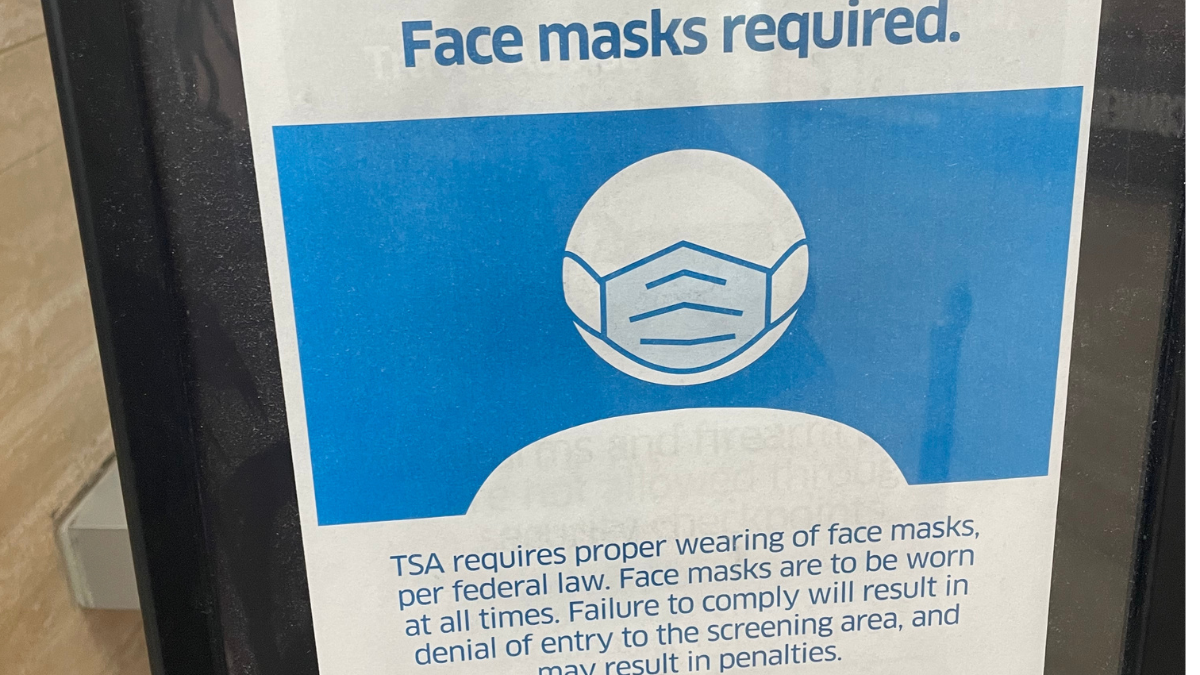
While New York Gov. Andrew Cuomo blames the president and the federal government for the lack of beds and ventilators in his state, the power to determine the number of these critical medical supplies in New York hospitals falls squarely upon the shoulders of the governor.
During a Tuesday press conference, Cuomo lashed out at the federal government for not sending enough ventilators as the Wuhan coronavirus continues to rattle the state. “Four hundred ventilators? I need 30,000 ventilators,” Cuomo said. “You want a pat on the back for sending 400 ventilators?” The state is projecting it will need approximately 140,000 beds in 14 to 21 days, which is higher than its previous estimation of 110,000 beds by early to mid-May.
However, New York, along with 35 other states and the District of Columbia, have in place what are known as certificate-of-need (CON) laws. According to Reason, “Their stated purpose is to keep hospitals from overspending, and thus from having to charge higher prices to make up for unnecessary outlays of capital costs. But in practice, they mean hospitals must get a state agency’s permission before offering new services or installing a new medical technology. Depending on the state, everything from the number of hospital beds to the installation of a new MRI machine could be subject to CON review.”
Rules like these artificially lower available medical care. Rather than produce good results for patients, these overbearing regulations have instead inflated health-care costs and created a lack of competition among hospitals, leading to poor care. In addition, these protocols could lead to shortages of crucial medical equipment, such as ventilators and hospital beds, as demonstrated in New York.
Cuomo’s CON Laws Are the Problem
Radio host Mark Levin referenced these laws during an interview with Dr. Anthony Fauci. “We have what’s called these CON Laws in 36 states [and] the District of Columbia,” Levin stated. “These are certificate-of-need laws, where the governors, the states decide how many ICU beds there are going to be. How many hospitals are going to be? Whether a hospital can build another wing — all goes through these state regulatory processes.”
Levin later went on to criticize Cuomo, stating, “I watched the governor of New York say we need more beds, and I said, ‘Well, why don’t you go get them?’ Because under these CON laws … the first state to have it was New York in the 1960s. They limit the number of beds for whatever reason, they limit the expansion of facilities and not just that, MRIs, CTs, other devices.”
The United States has far more critical-care beds per capita than other countries, but CON law regulations are one of the main reasons the United States has fewer overall hospital beds. According to the Organization for Economic Cooperation and Development, America has 2.8 hospital beds per 1,000 people. This is less than the 3.2 beds per 1,000 people in Italy, as well as the 12.3 beds per 1,000 people in South Korea, which have had serious outbreaks of the virus. Because of CON laws, some U.S. hospitals aren’t allowed to determine how many beds they need and to expand care as they see fit.
In addition to causing a lack of proper equipment, these rules harm patients. According to a study by the Mercatus Center at George Mason University, states with CON laws have a 2.5 to 5 percent higher mortality rate than those without. Wait times have also been affected, with the average delay in New York City emergency rooms ranging from seven to 10 hours before the virus outbreak added strain to an already poorly operating medical system.
Yet Cuomo, who blames the federal government for a lack of beds and ventilators in his state, seemingly forgot it was his mismanagement that led to these shortages. According to RealClearPolitics, “After learning that the state’s stockpile of medical equipment had 16,000 fewer ventilators than New Yorkers would need in a severe pandemic, Gov. Andrew Cuomo came to a fork in the road in 2015. He could have chosen to buy more ventilators. Instead, he asked his health commissioner, Howard Zucker to assemble a task force and draft rules for rationing the ventilators they already had.”
Cuomo could’ve spent the necessary $576 million on the ventilators to prepare for the worst-case scenario, but instead opted to spend $750 million on a solar panel factory.
Americans Suffer from Big Government
Once again, government intrusion into health care has proved disastrous, to say the least. Just as bureaucratic red tape prevented testing from quickly getting underway in the U.S., government continues to prove it is the problem, not the solution. Rather than focusing on patients and their health, government regulations such as CON laws prioritize protectionism and government control over industry, demonstrate zero compassion for American patients, and seem to benefit only those who seek more and more control over our lives.
Luckily, efforts to eradicate this onerous red tape have already begun, as South Carolina Gov. Henry McMaster issued an executive order suspending CON law enforcement in the state. Governors like Cuomo would be wise to follow suit and slash these burdensome regulations to allow for the expansion of new medical facilities and COVID-19 treatments.
More government control of our health-care industry is the exact opposite of what should be happening in Washington, D.C, and states around the country. Instead, lawmakers across the nation should be focusing on getting rid of these big-government barriers that make it more difficult for doctors and medical experts to treat patients. Letting the market solve its own problems is the answer to many of our problems in health care. The government needs to know when to step out of the way.









